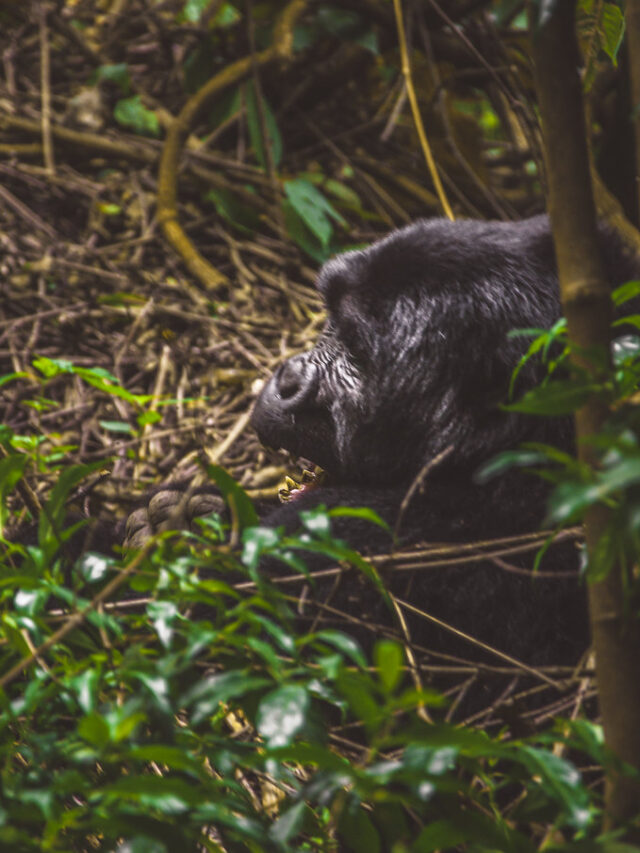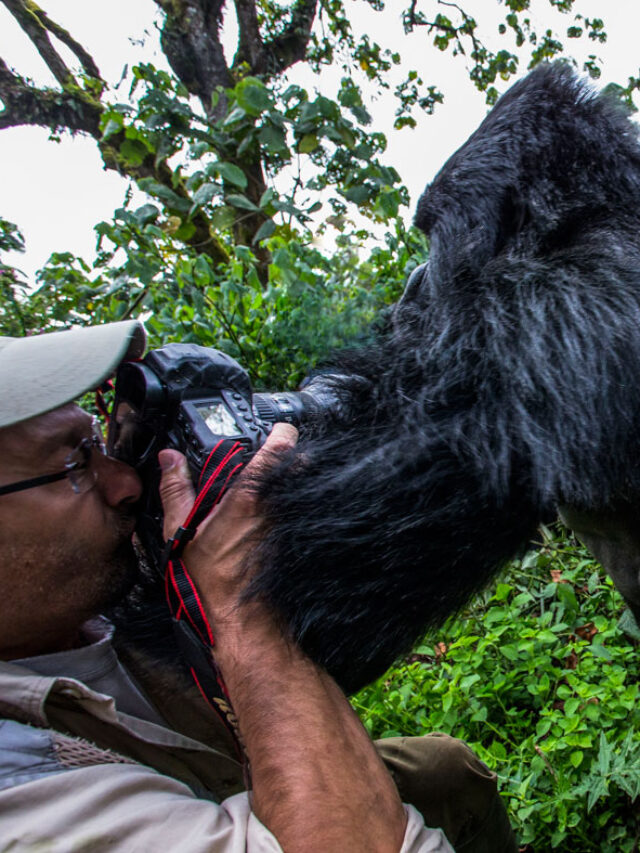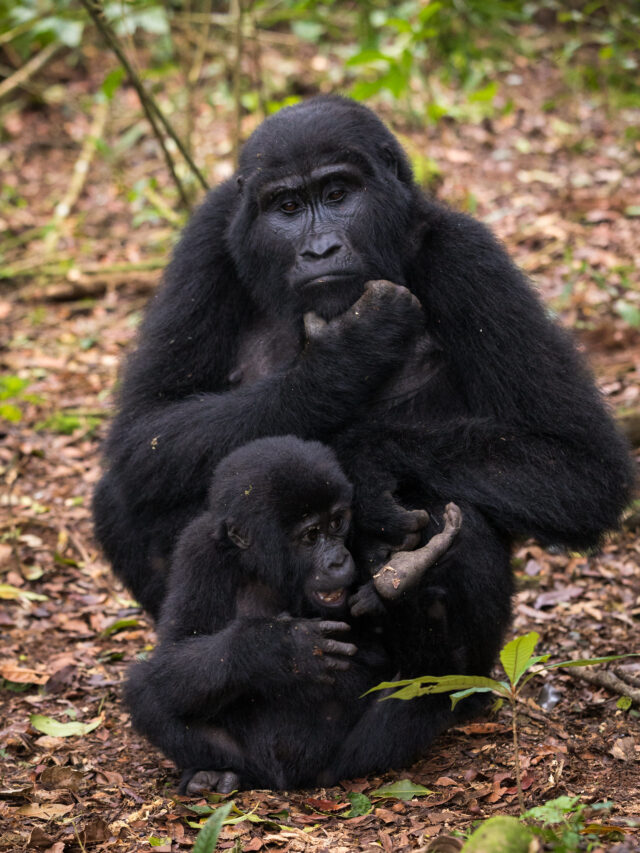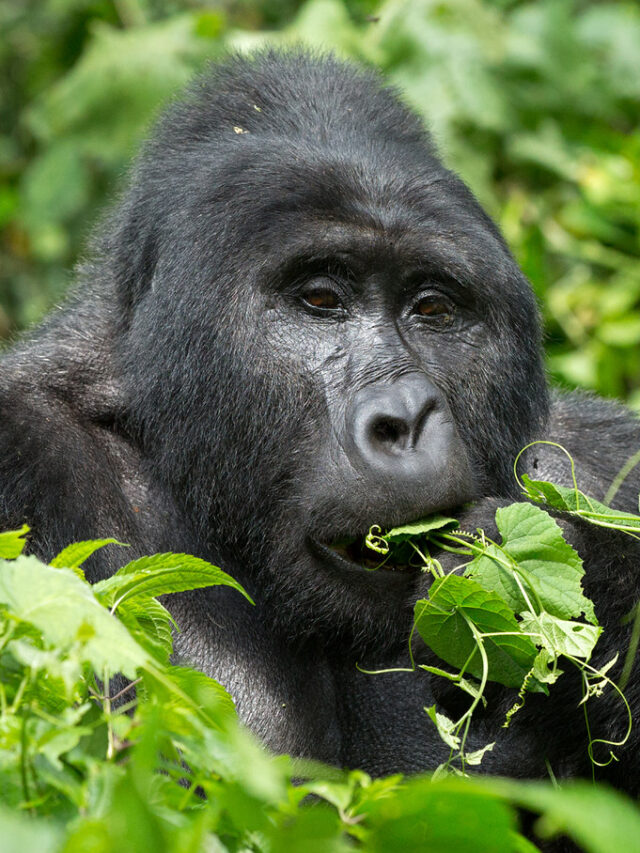Kabwoya Wildlife Reserve: Uganda’s Quiet Coastal Wilderness of Scenic Cliffs and Grazing Plains
A Remote Beauty by the Albertine Rift
Perched between the towering cliffs of the western Rift Valley escarpment and the shimmering shores of Lake Albert lies one of Uganda’s most visually captivating but least-known protected areas—Kabwoya Wildlife Reserve. Located in western Uganda, this pristine sanctuary unfolds across 87 square kilometers of savannah grasslands, woodland, and lowland tropical vegetation. Though modest in size compared to other parks, Kabwoya’s charm lies in its panoramic views, quiet atmosphere, and undisturbed wildlife—offering visitors a tranquil safari alternative along Uganda’s western frontier.
Kabwoya was officially gazetted in the early 1980s as part of a broader effort to protect the Albertine Rift region, a globally significant biodiversity hotspot. Overlooking the expanse of Lake Albert and bordered by the magnificent escarpments that rise sharply above the plains, Kabwoya feels like a forgotten Eden—rich in wildlife, solitude, and scenic drama.
The Landscape: Rolling Grasslands and Rift Valley Views
Kabwoya Wildlife Reserve lies at the intersection of multiple ecosystems. The sweeping grasslands give way to papyrus marshes along the lakeshore and merge into woodlands that climb the lower slopes of the Rift cliffs. This unique setting makes it one of the most scenic wildlife areas in the country, especially at sunrise and sunset, when golden light stretches across the savannah and the shadows of grazing antelopes flicker like moving silhouettes beneath the escarpment wall.
The reserve’s proximity to Lake Albert not only enhances its visual appeal but also plays an essential role in the local ecosystem. The lake serves as a water source and supports aquatic life that attracts various bird species and animals. The steep cliffs rising above Kabwoya add geological intrigue and make the reserve one of the few places in Uganda where one can view sweeping Rift Valley panoramas while also enjoying lowland wildlife activity below.
Wildlife in Quiet Numbers
Kabwoya may not boast the dense game concentrations found in larger reserves like Murchison Falls or Queen Elizabeth, but what it offers is a peaceful and intimate wildlife experience. Herds of Uganda kob, waterbuck, warthog, oribi, and Jackson’s hartebeest graze freely across the plains. Their presence is constant and often close, creating perfect opportunities for photography, peaceful observation, and quiet reflection in nature’s company.
The reserve is also home to bushbuck, duiker, and occasionally buffalo, all of which are well adapted to the dry savannah and wooded areas. Though large predators are rare in the area, smaller carnivores like jackals, civets, and genets may be spotted in the evening hours. Their presence underscores the reserve’s growing ecological balance and the quiet resurgence of wildlife that is slowly returning after years of relative obscurity.
Birdlife in Kabwoya is another highlight. The lakefront and marshy areas provide habitat for species like African fish eagles, grey herons, woodland kingfishers, and African jacanas. Up on the cliff edges and grasslands, visitors may spot Abyssinian ground hornbills, martial eagles, and black-headed gonoleks. The diverse mix of habitats makes it a delightful destination for birdwatchers looking for off-the-beaten-path discoveries.
Activities and Exploration
Visitors to Kabwoya Wildlife Reserve are rewarded with a range of experiences that blend relaxation with exploration. Game drives along the reserve’s open tracks provide easy access to the heart of the grasslands, where antelopes roam freely. With few visitors and no vehicle congestion, every sighting feels personal and unhurried. Wildlife viewing here emphasizes quality over quantity, and the lack of large predators allows for walking safaris, which bring guests even closer to the land’s textures, scents, and sounds.
Hiking trails along the escarpment lead to dramatic lookout points where you can view Lake Albert’s blue expanse merging with the distant hills of the Democratic Republic of Congo. The winds up here carry the cries of fish eagles and offer a cooling reprieve from the savannah heat below.
Fishing is also popular along the lakefront, especially for travelers seeking a more laid-back and immersive nature experience. Several catch-and-release opportunities exist in the shallows of Lake Albert, with local guides offering boat rides and insight into the area’s aquatic biodiversity.
Accessibility and Accommodation
Kabwoya is accessible by road from Hoima, which lies about 40 kilometers to the southeast. The reserve is strategically located between Murchison Falls National Park and Kibale Forest, making it an excellent stopover point for travelers moving through western Uganda’s tourism circuit.
Though less developed than other parks, Kabwoya has seen gradual investment in eco-friendly accommodation and safari lodges designed to blend into the landscape without disrupting its peace. Most lodges are small, locally owned, and committed to conservation principles, ensuring that guests enjoy a comfortable yet ethically grounded stay.
The best time to visit is during the dry seasons from December to February and June to August, when the roads are most passable and game viewing is at its peak due to limited water sources. However, the wet seasons bring a flush of green that transforms the landscape into a lush paradise, ideal for photography and birding.
Community and Conservation Vision
The surrounding communities have increasingly come to see Kabwoya as a valuable shared asset. Through partnerships between conservation groups and local residents, the reserve has become a platform for sustainable tourism and livelihood improvement. Many guides, rangers, and lodge staff are drawn from the local population, and there’s a growing sense of ownership and pride in the land’s revival.
Poaching, once a serious threat, has been dramatically reduced thanks to community-led patrols and awareness programs. Educational initiatives now teach young people about the reserve’s importance, creating future ambassadors for conservation. As visitor numbers grow steadily—though still modestly—Kabwoya is poised to become a model of low-impact, high-value tourism in Uganda.
The Spirit of Solitude and Stillness
In a world where so many wild spaces are bustling with vehicles and camera clicks, Kabwoya remains a place of quiet wonder. Here, the rhythm of nature moves slowly. Sunsets stretch long across the savannah. Wind rustles through tall grasses. And each animal encounter is free from hurry, staged on a landscape that feels private, even sacred.
Kabwoya Wildlife Reserve may not shout for attention, but it speaks to the heart of those who listen. It invites you not just to visit, but to pause—to stand on a cliff and watch the sun melt into Lake Albert, or to follow antelope tracks across golden plains and remember what untouched Africa still feels like.











